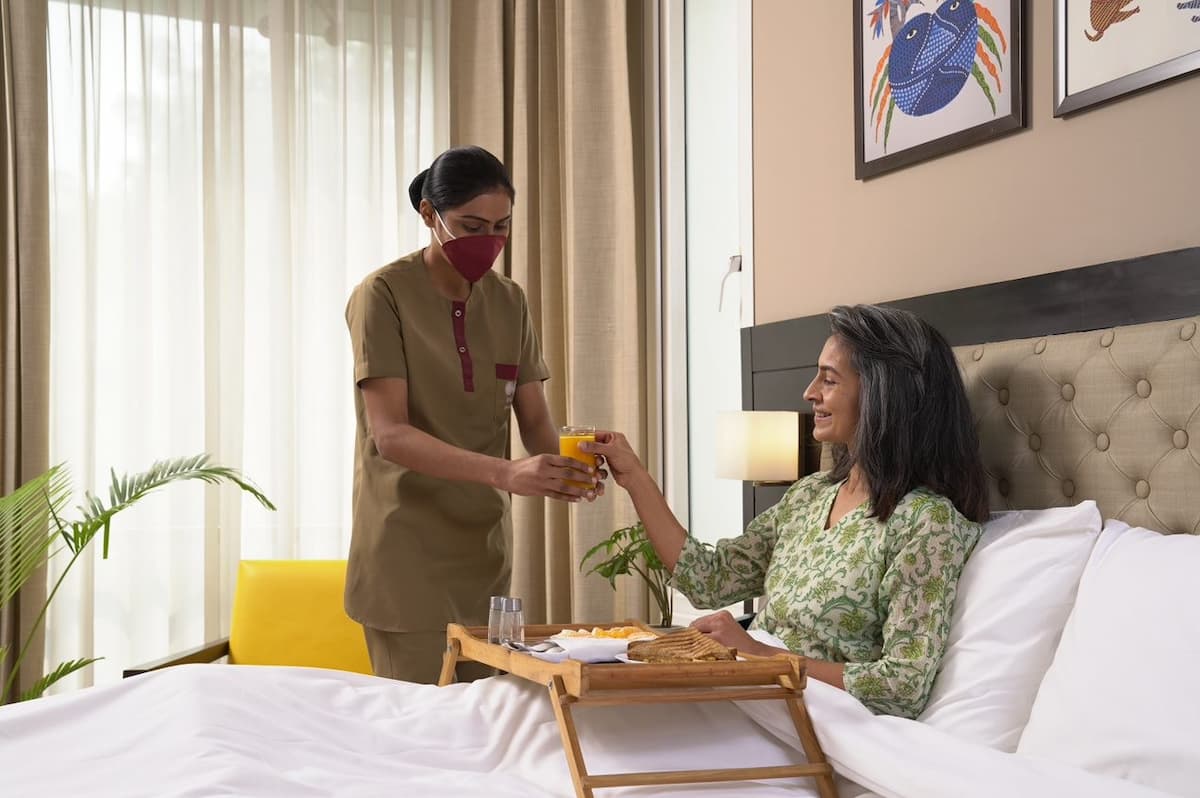
Loading...

Loading...
2022-04-09
Care at Home
Every human being will reach a stage in their lives, where they will require assistance in taking care of themselves. While some seniors would prefer shifting to assisted living facilities , others may be reluctant to move away from familiar surroundings and people. In such instances, employing a home care aide can help seniors get the required assistance to go about their daily lives.
However, introducing a new person into the mix can also prove to be challenging. Some seniors may find it hard to depend on someone unfamiliar. In such cases, patients, caregivers, and other family members can work together to ensure that their loved ones get the right care from an at-home care provider. Here are some ways that would help create a seamless environment for all parties involved:

Communication: Like in any other relationship, communication is key. To strengthen the bond between the patient and their caregiver, it is essential to have a set of objectives and responsibilities that are agreed upon by the care provider, the patient, and their families. For the care provider, a single day’s to-do list can vary from assisting patients with their day-to-day activities to simply providing companionship. If either the patient or the care provider feels that there are hindrances to achieving these goals, an open communication channel will help in discussing and resolving issues faster.
Gaining Trust: It is essential for both the patient and caregiver to trust each other implicitly for the treatment process to work without a hitch. Patients, especially those who have taken care of themselves throughout their lives, will find it difficult and sometimes even embarrassing to ask for help. The caregiver must provide a comfortable environment where patients can communicate their needs without any hesitation. Similarly, home care aides must have the space and freedom to ask patients about their progress and well-being, to be able to modify treatment plans according to the level of the patient’s needs.
Non-verbal Cues: Patients in their advanced years or those who have undergone major surgeries will be a lot more dependent on their caregivers. Many of these patients could have limited cognitive or motor skills and may even have trouble articulating their needs accurately. Often, treatment plans that may seem perfect on paper might lead to minimal results, creating a sense of frustration for both the patient and the home care aide. In such cases, caregivers can spend more time trying to pick on non-verbal cues that would indicate the kind of activities and treatment plans that benefit the patient.
Choosing the right at-home care provider is crucial in ensuring that your loved ones get the attention and care they need. Antara’s Care at Home services are carefully designed by physicians who have many decades of experience in geriatric care. For patients who require round-the-clock care, Antara’s nurses and attendees will be available 24/7, accompanied by regular visits from the doctor. Their staff also are sticklers in following COVID protocols and use one-time-use test kits wherever applicable. Additionally, the home can be transformed into an ICU by setting up required critical care equipment.
Treatment plans are designed after studying the patient’s medical history and incorporating recommendations from their doctors. Once the treatment starts, regular clinical assessments, clinical audits, and infection control practices will be scheduled at the patient’s home. Care at Home offerings from Antara have a wide range of options like home critical care, nursing care, physiotherapy, pathology, X-Rays, ECGs, comprehensive health checkups, and more. To learn more about Antara’s Care at Home services, you can reach them at 9811441111 or write to them at contactus@antaraseniorcare.com.

Please fill in the form and submit the details to request an appointment.